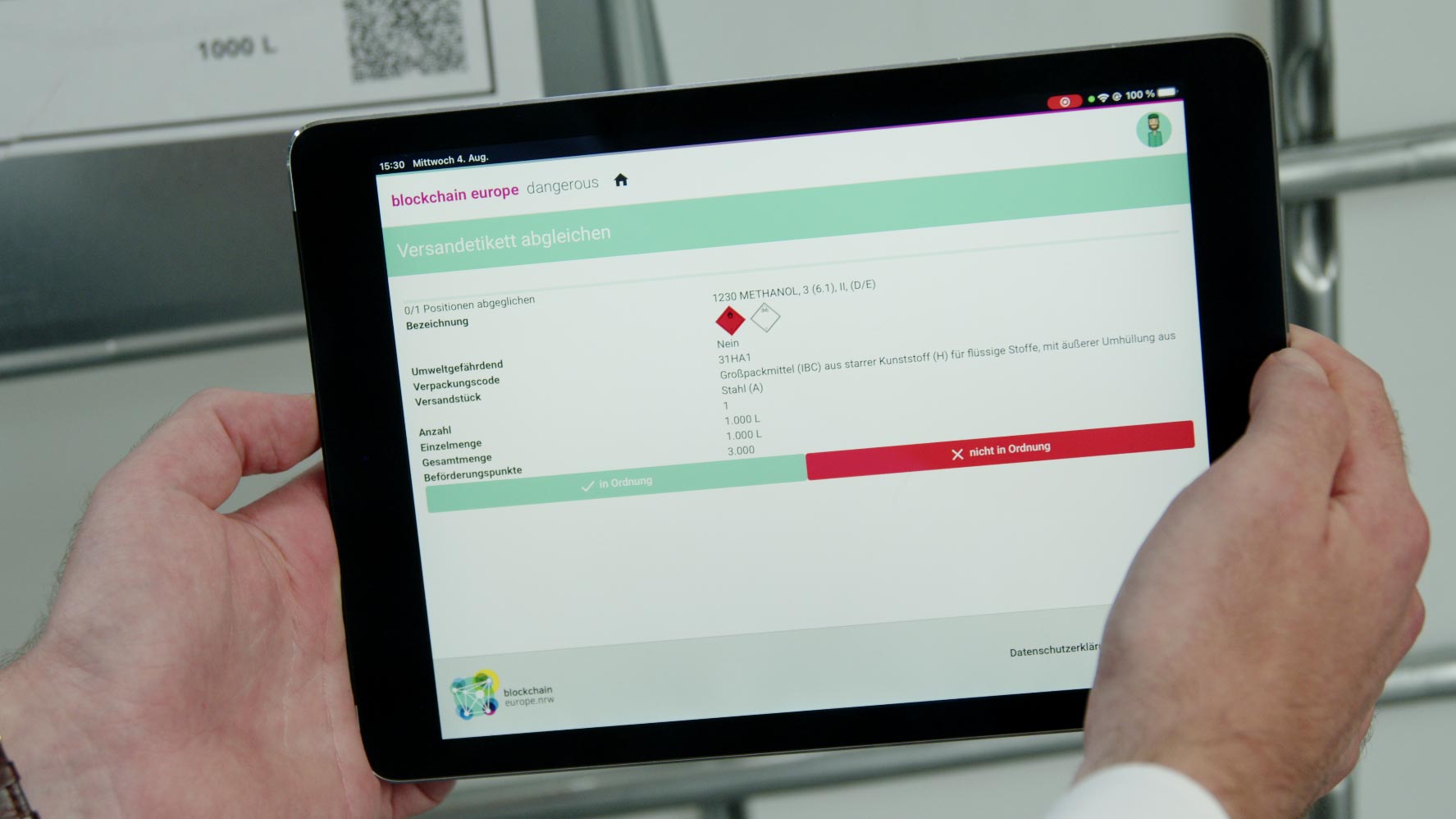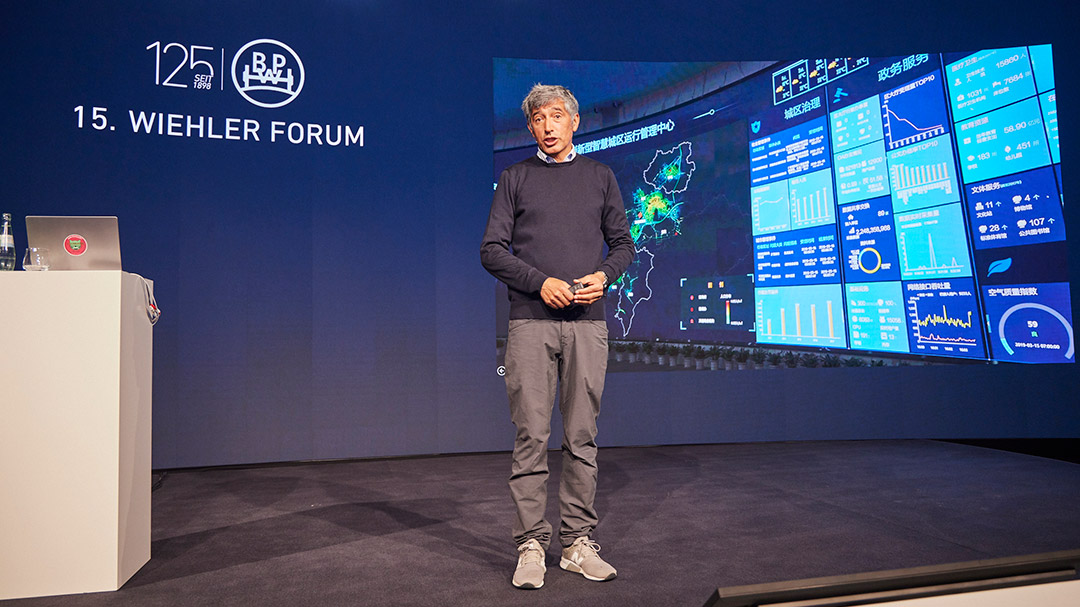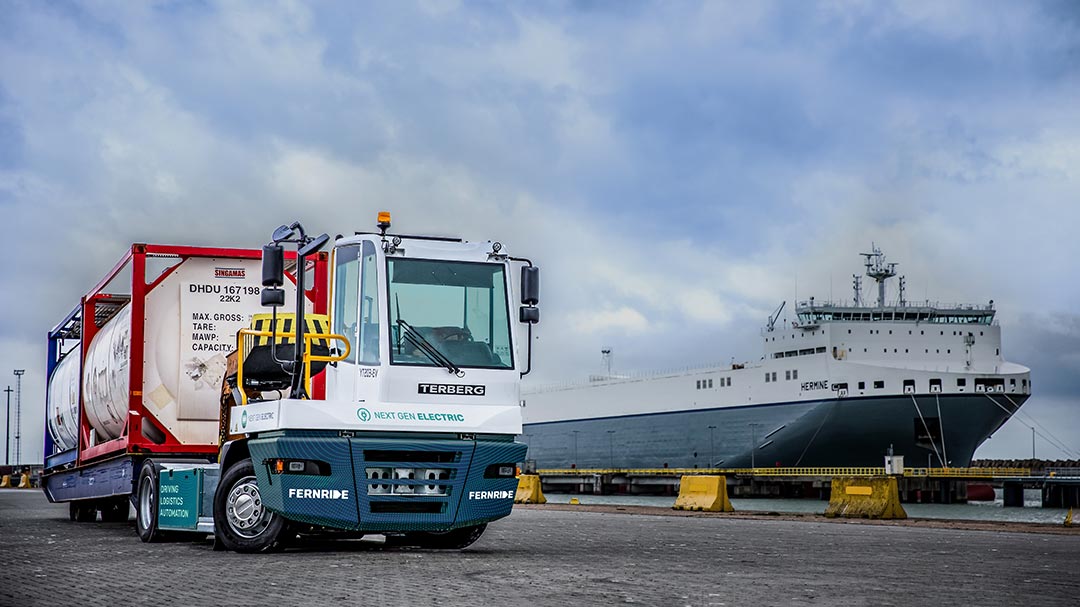Reading time approx. 4 minutes
Text: Oliver Schönfeld
Photos: Fraunhofer IML
The digitisation of logistics is advancing rapidly. A Fraunhofer research team in Dortmund is developing blockchain technologies that can be used to map a wide variety of processes and transactions in a legally secure and tamper-proof manner.
European Blockchain Institute under construction

»Digital platforms are becoming the central linchpin of a coming Silicon Economy.«
Prof. Dr. Michael Henke, Institute Director Fraunhofer IMLCreating new international standards

»We rely on a fast growing community that can realize individual application solutions based on the open source software.«
Dr. Maximilian Austerjost, Project Manager Fraunhofer IMLFirst blockchain device prototype unveiled








